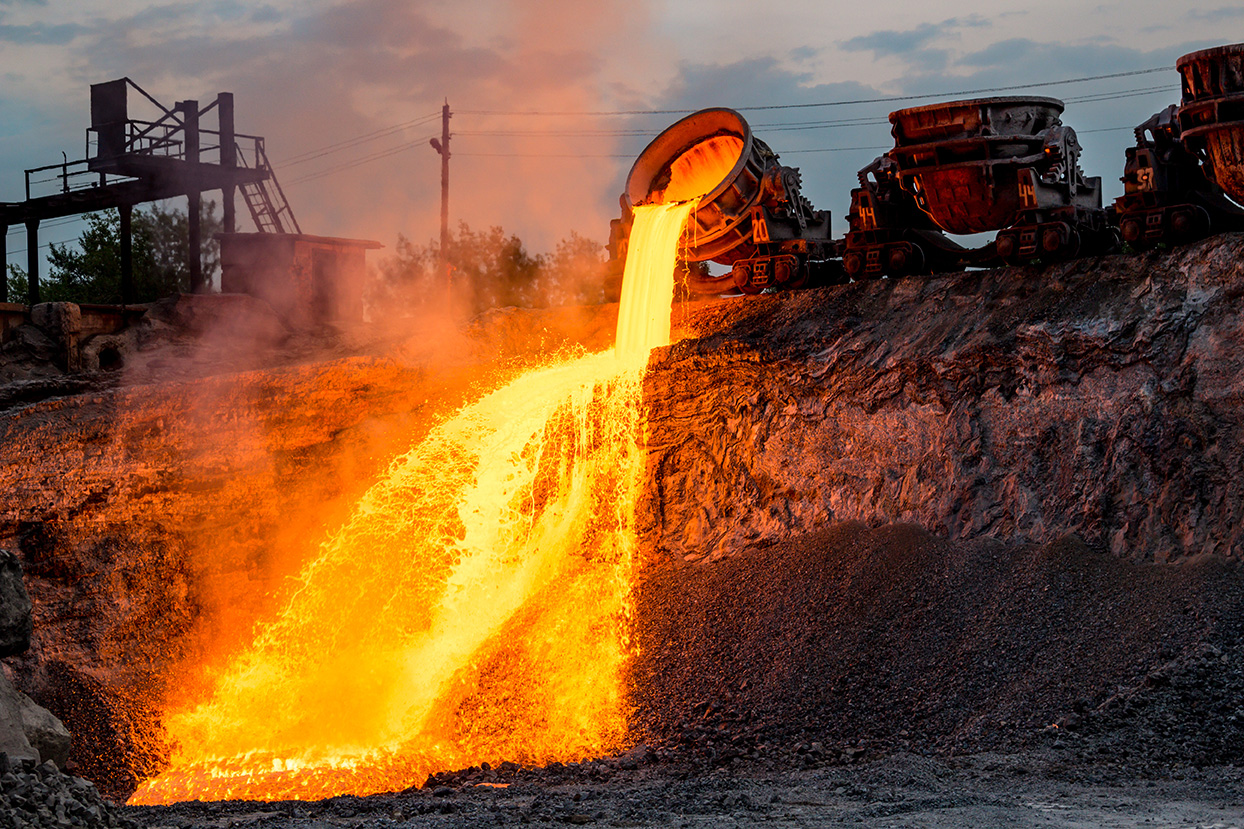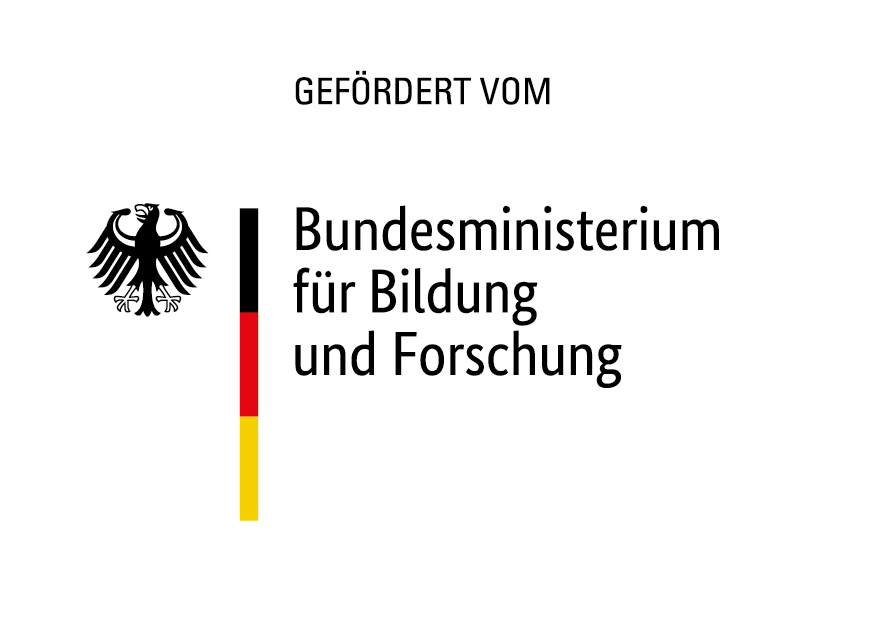
When it comes to resource-efficient recycling, the aim is to recover equivalent or better-quality base materials from the residues. The construction industry has a high demand for raw materials. At the same time, it produces large quantities of mineral waste in the form of leftover building materials, meaning that there is still potential for development in this regard. The use of construction waste, slag, dust and ash as sources of raw materials can make a significant contribution to conserving natural resources and ensuring the continued supply of mineral-based raw materials.
The German Federal Ministry of Education and Research (BMBF) has recognized this potential and wants to further advance closed-loop recycling in Germany. The BAUSEP project is also being funded as part of the measure “Resource-efficient circular economy - Building and mineral cycles (ReMin)”. The aim of this project is to recover secondary mineral raw materials from waste incineration ash and slag produced by the iron and steel industry and to use them to manufacture resource-efficient building products.

